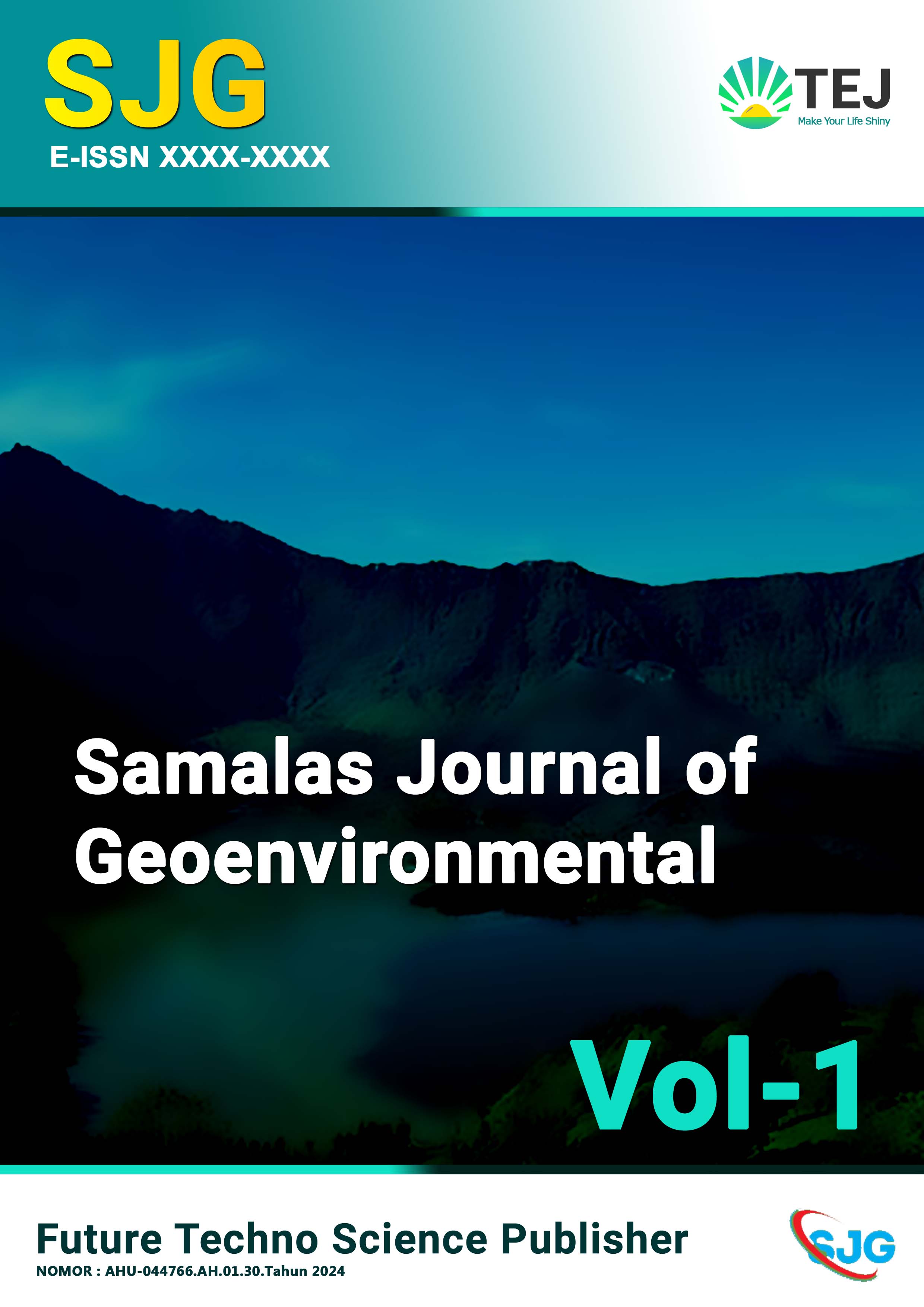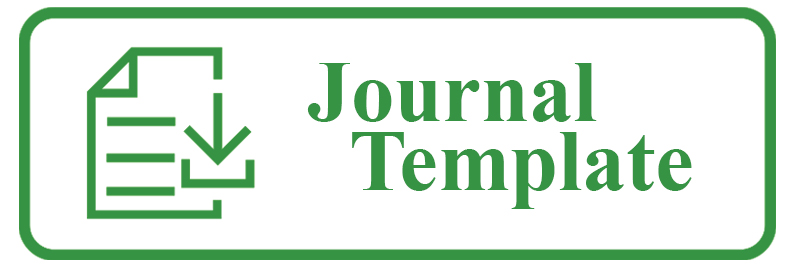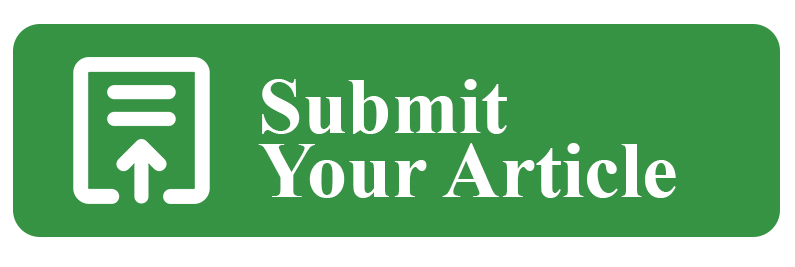
Current Issue

Articles
Samalas: Journal of Geoenvironmental
The term Samalas refers to an ancient volcano located on Lombok Island, Indonesia, which erupted catastrophically in 1257 CE. This eruption is recognized as one of the most powerful volcanic events in recorded history, with far-reaching climatic and environmental impacts. The name Samalas, derived from the local Sasak language, has been chosen as the journal's title to symbolize the journal's commitment to advancing scientific understanding of extreme geological phenomena and their consequences for society and the environment. As such, it is highly relevant to the journal's scientific focus on geohazards and Earth system dynamics.
Journal Description:
Samalas: Journal of Geoenvironmental (SJG) is an international, peer-reviewed, and open access (OA) scientific journal published by Futura Technoscience three times a year (April, August, and December). The journal accepts only manuscripts written in English.
SJG provides a platform for researchers, scientists, and professionals worldwide to share and discuss recent advances in understanding Earth’s dynamic processes and their impacts on society, ecosystems, and infrastructure. The journal focuses on both fundamental and applied research related to geological hazards, including but not limited to earthquakes, volcanic activity, landslides, tsunamis, coastal and riverbank erosion, land subsidence, and hydro-meteorological hazards.
The journal also emphasizes the integration of advanced technologies such as Geographic Information Systems (GIS), remote sensing, big data, geospatial artificial intelligence (Geo-AI), and other emerging tools in hazard assessment, monitoring, and mitigation efforts. Moreover, SJG welcomes contributions in the fields of geoheritage and geotourism, especially those related to geological hazard-prone areas, sustainable tourism development, and conservation initiatives.
By promoting a multidisciplinary and solution-oriented approach, Samalas: Journal of Geoenvironmental aims to bridge the gap between geoscientific research and practical applications in disaster risk reduction, infrastructure resilience, and sustainable development. The journal invites original research articles, comprehensive review papers, and insightful case studies that contribute to scientific knowledge and practical advancements in the field of geohazards.





